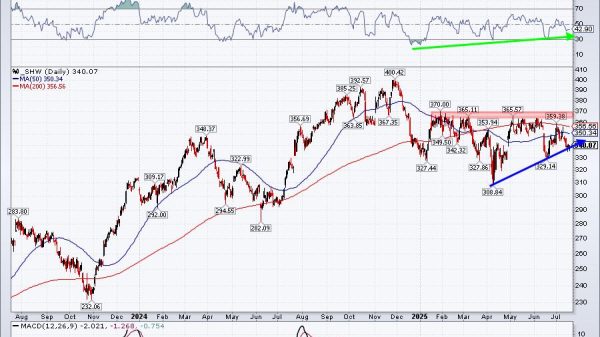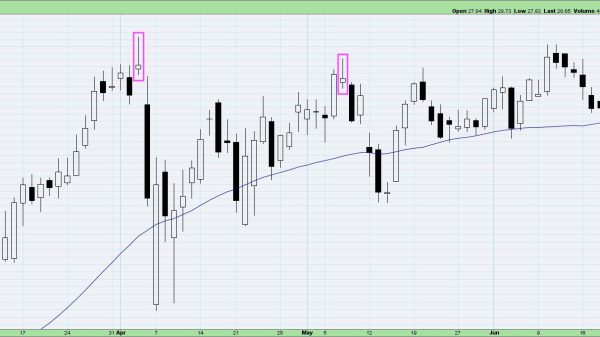What Is Consumption Function: MPC Calculation Examples
The consumption function is a fundamental concept in economics that describes the relationship between total consumption and gross national income. This relationship reflects the tendency of individuals to increase their consumption as their income increases, but not necessarily by the same proportion as their income increases.
The concept was introduced by British economist John Maynard Keynes, who suggested that as income rises, households tend to spend a portion of the additional income and save the rest.
Marginal propensity to consume (MPC)
MPC is a crucial part of the consumption function and represents the increase in personal consumer spending (consumption) that occurs with an increase in disposable income. In simpler terms, MPC indicates how much of each additional dollar of income will be spent rather than saved. The MPC value lies between 0 and 1.
MPC calculation examples
To calculate MPC, you can use the consumption function formula:
MPC=ΔC/ΔY
where:
ΔC is the change in consumption, and ΔY is the change in incomeExample 1
Suppose a household’s income increases by $1,000, and their consumption increases by $800. The MPC would be calculated as follows:
MPC=ΔC/ΔY=800/1000=0.8
This means that the household spends 80% of their additional income.
Example 2
If another household’s income increases by $500, and their consumption increases by $300, the MPC would be:
MPC=300/500=0.6
This indicates that 60% of the additional income is spent.
Gross national income
As stated earlier, the consumption function is a concept that describes the relationship between total consumption and gross national income. So, it is a good idea to learn more about gross national income.
What’s interesting, gross national income (GNI) is a comprehensive economic indicator that measures the total domestic and foreign output claimed by residents of a country. It encompasses all the income earned by a nation’s citizens and businesses, no matter where that income is generated. Besides, the concept of GNI is crucial in economic analysis as it provides a broad view of the economic activity and the income level of a nation.
Calculation of GNI
GNI is calculated by taking the Gross Domestic Product (GDP), adding the income earned by residents from investments abroad, and then subtracting the income earned within the domestic economy by non-residents. In formula terms:
GNI= GDP + net receipts from abroad
where:
GDP is the total market value of all goods and services produced within a country in a specific period. Net receipts from abroad include wages, property income (such as dividends, interest and rent), and business profits earned abroad, minus similar payments made to non-residents who contribute to the domestic economy.GNI vs. GDP
While GDP measures the output produced within the geographical confines of a country, GNI extends this by accounting for the net foreign income. This difference makes GNI a better measure for understanding the total income of residents of a country as it includes money earned by citizens and businesses overseas.
For countries with significant foreign investments, remittances, or multinational corporations, GNI can provide a more accurate picture of a nation’s economic well-being than GDP.
GNI is used for several purposes:
Economic analysis: Economists and policymakers use GNI to assess and compare the economic performance of different countries, especially in terms of income generated by citizens.
Policymaking: GNI figures can influence government policies on taxes, social welfare, and public spending.
International comparisons: Institutions like the World Bank use GNI per capita (GNI divided by the population of a country) to classify countries into income categories (low, middle, and high income). This classification helps in tailoring developmental aid and economic policies suitable for different income categories.
Importance in economic development
GNI is particularly significant in the context of economic development. A rising GNI indicates an increase in the national income and potentially better economic conditions for the country’s residents.
It reflects not only the internal economic strength but also the economic connections and leverage a country holds globally through its international investments and the economic activities of its citizens abroad.
Total consumption
Total consumption is a key component of gross domestic product (GDP), representing a significant portion of economic activity. Various factors, including disposable income, consumer confidence, interest rates, and cultural trends drive it.
Economists monitor changes in total consumption to gauge the health of an economy, as it reflects consumer behavior and economic stability. A rise in total consumption usually indicates economic growth and increased prosperity, whereas a decline might suggest economic troubles or a shift towards saving.
Understanding total consumption helps policymakers and businesses make informed decisions about fiscal policies, marketing strategies, and resource allocation.
Significance of MPC
Now, let’s return to MPC.
The value of MPC is significant for economic policy and planning. A higher MPC suggests that increases in income lead to substantial increases in consumption, which can fuel economic growth. This is particularly important during times of economic downturn, where stimulating consumer spending might be crucial.
Governments might use fiscal policies, such as tax cuts or direct spending, to influence consumption and thereby stimulate the economy. Conversely, a lower MPC suggests that a larger portion of income goes into savings, which might slow down economic growth but could be useful for long-term investment strategies.
The post What is consumption function: MPC Calculation examples appeared first on FinanceBrokerage.
























